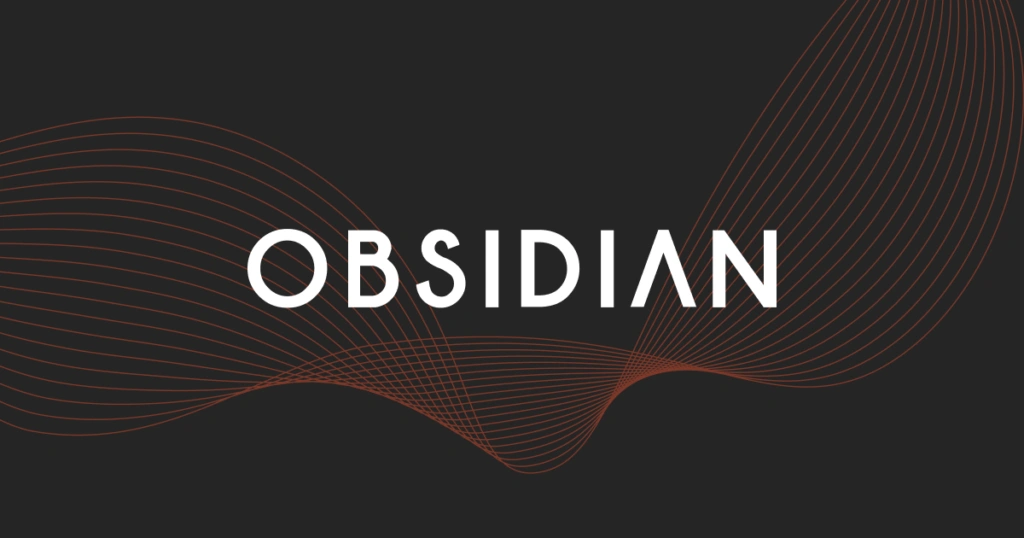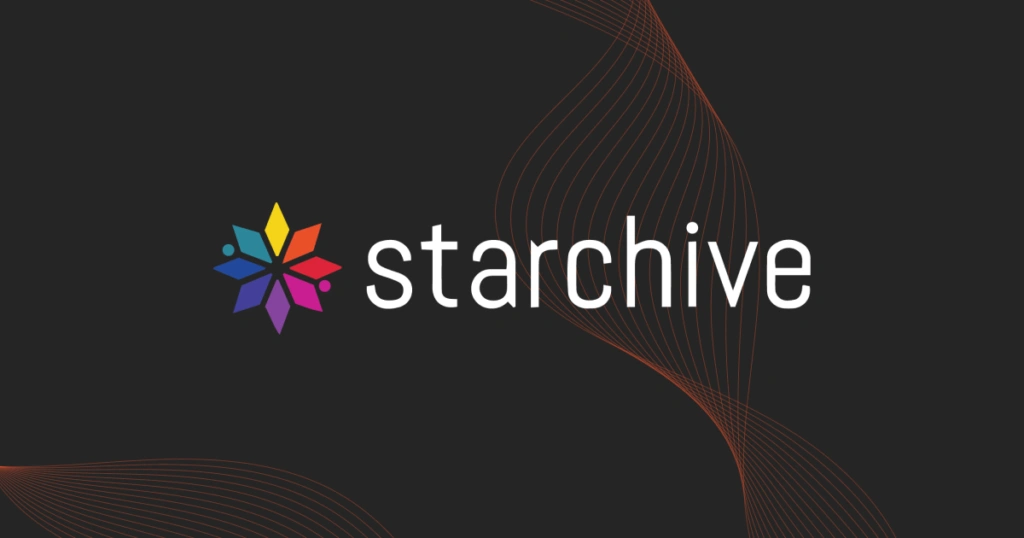You're In Good Company
We've helped leading cloud-native companies enable their engineering teams with cloud cost optimization.
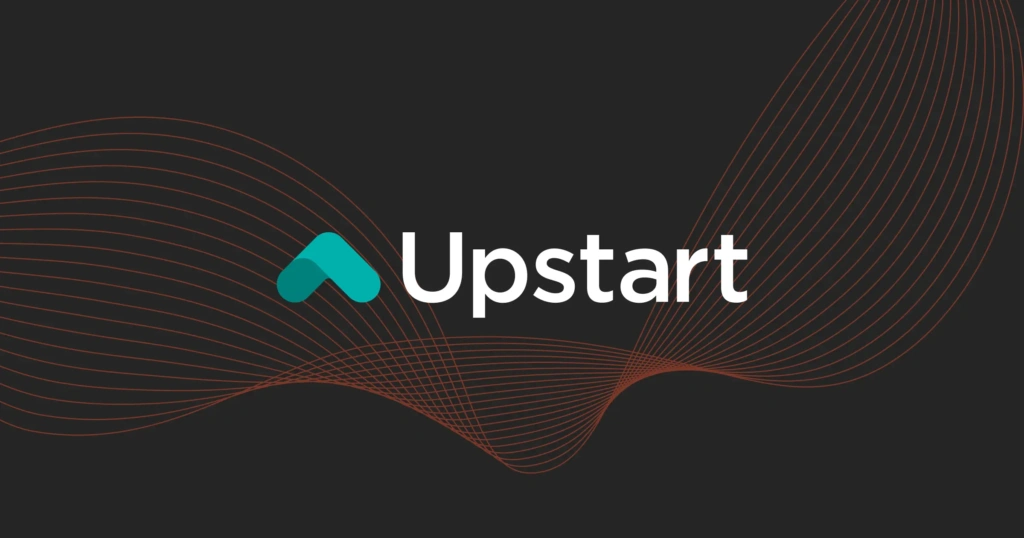
March 7, 2024
How Upstart Used CloudZero To Help Reduce Cloud Costs By $20MComplete visibility, timely anomalies, and engineering accountability paved the way to cloud efficiency
$20M
reduction in cloud spend
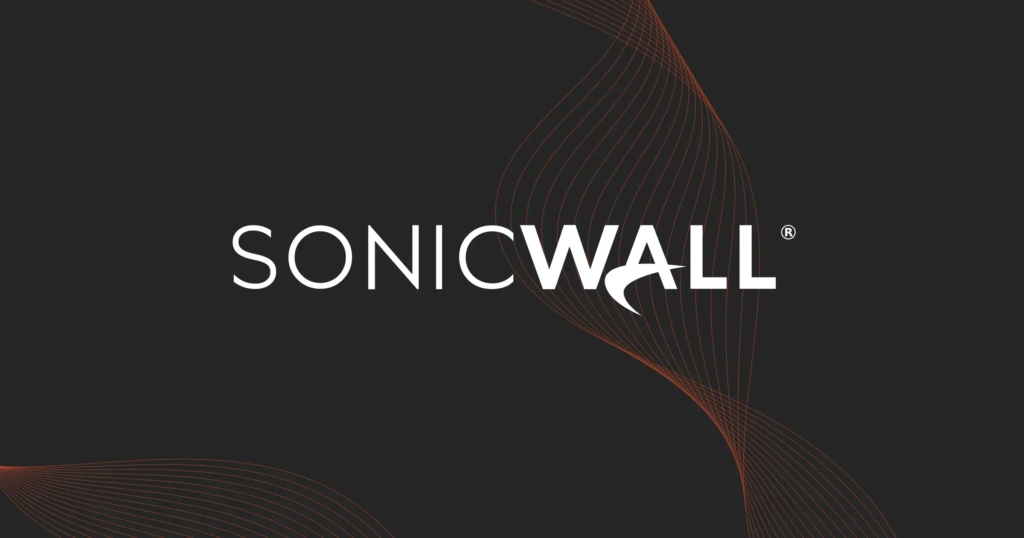
Increased
engineering engagement by 6x
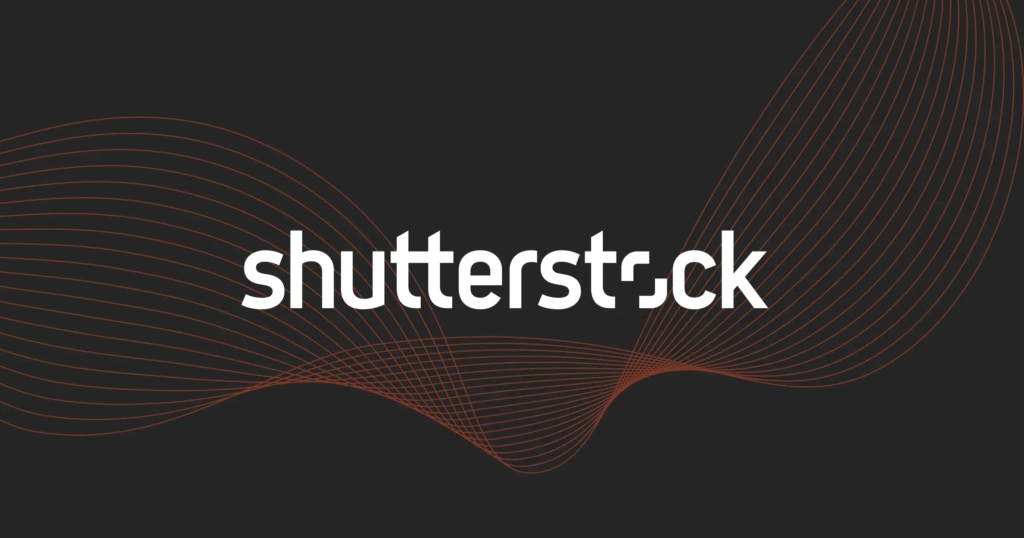

February 12, 2025
How CloudZero Supported Shutterstock In Optimizing Costs And Meeting Savings GoalsExceeded
cost avoidance goals
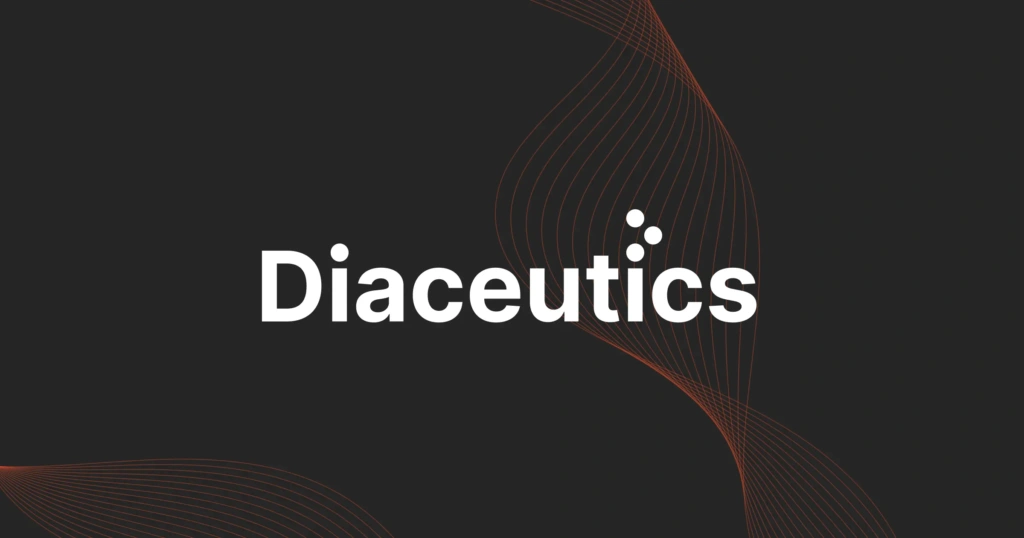
170%
reduction in S3 spend
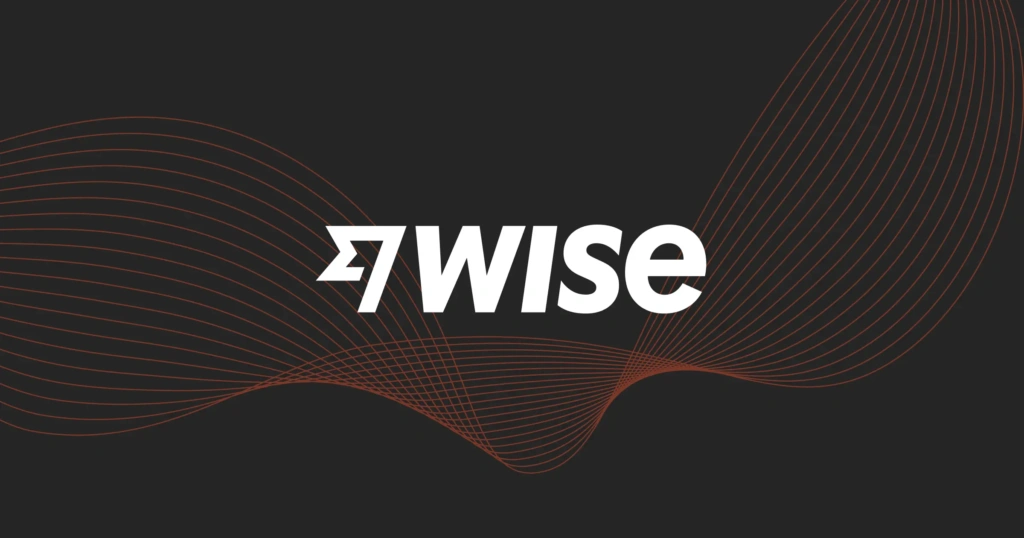
250+
engineers in proactive cost management
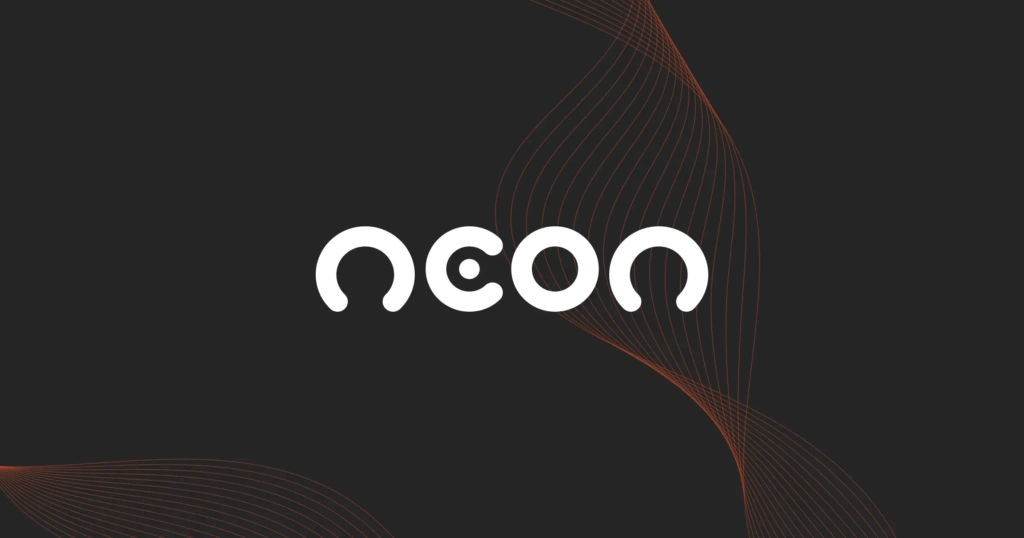
700%
increase in cost ownership
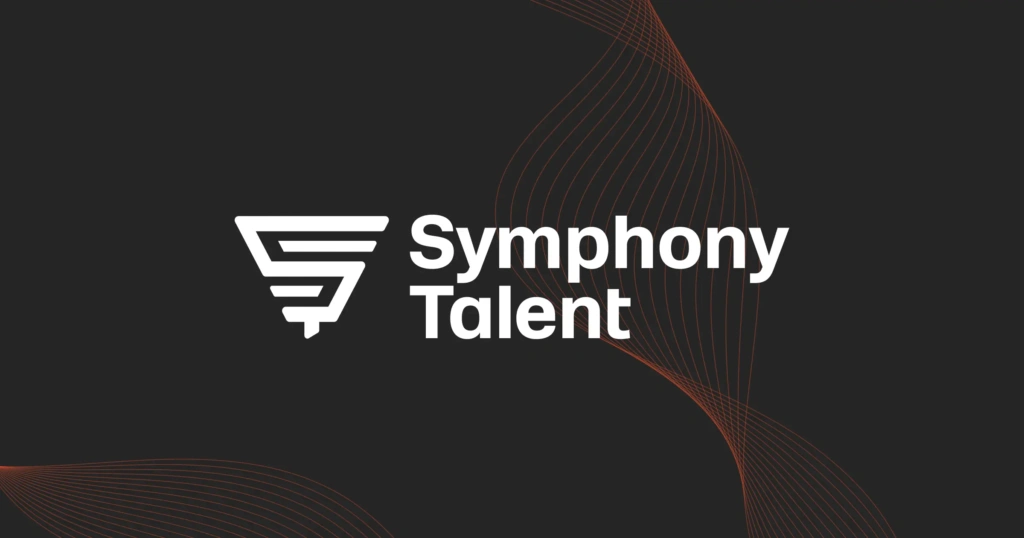
48%
reduction in AWS costs
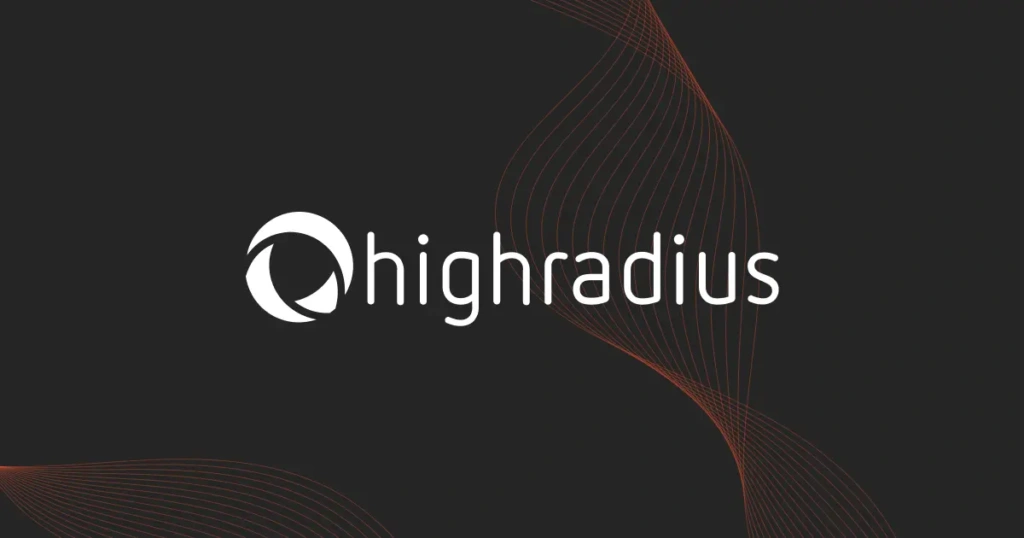
5%
improvement in Cloud Efficiency Rate
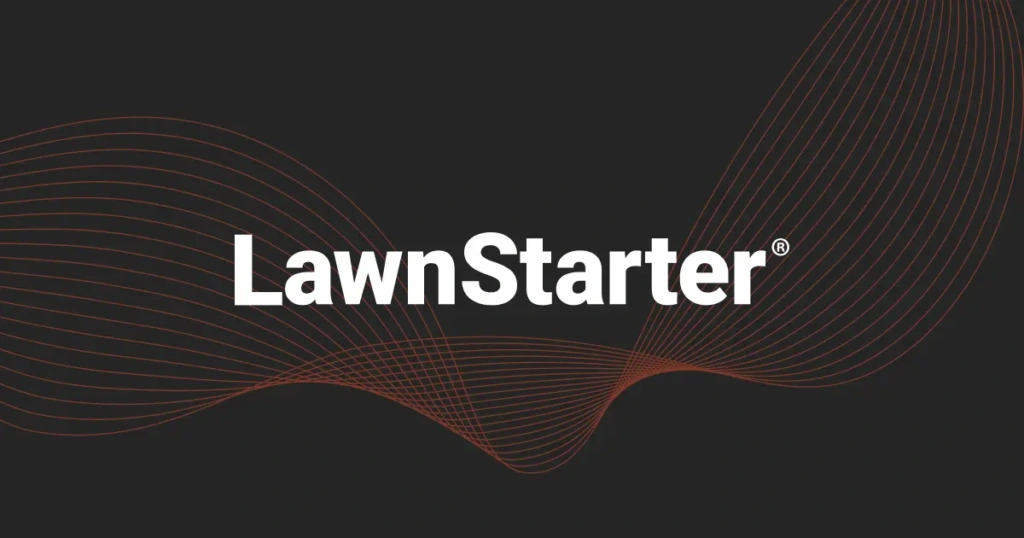
January 17, 2024
How LawnStarter Used CloudZero To Increase Cloud Efficiency And Accelerate Company Growth55%
reduction in cloud storage costs
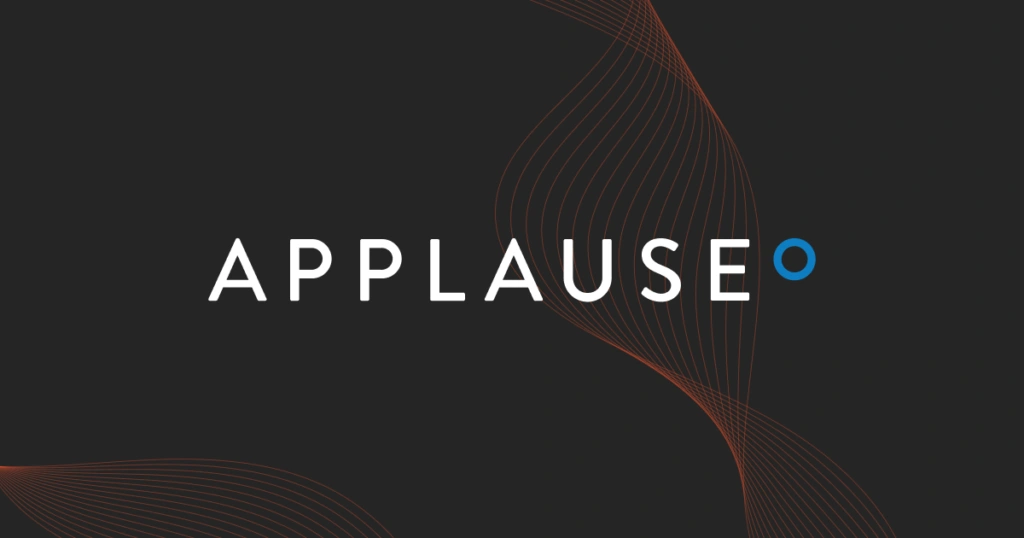

October 17, 2023
How Applause Used CloudZero To Reduce Their Cloud Spend By 23% And Drive Efficient Growth23%
reduction in cloud spend
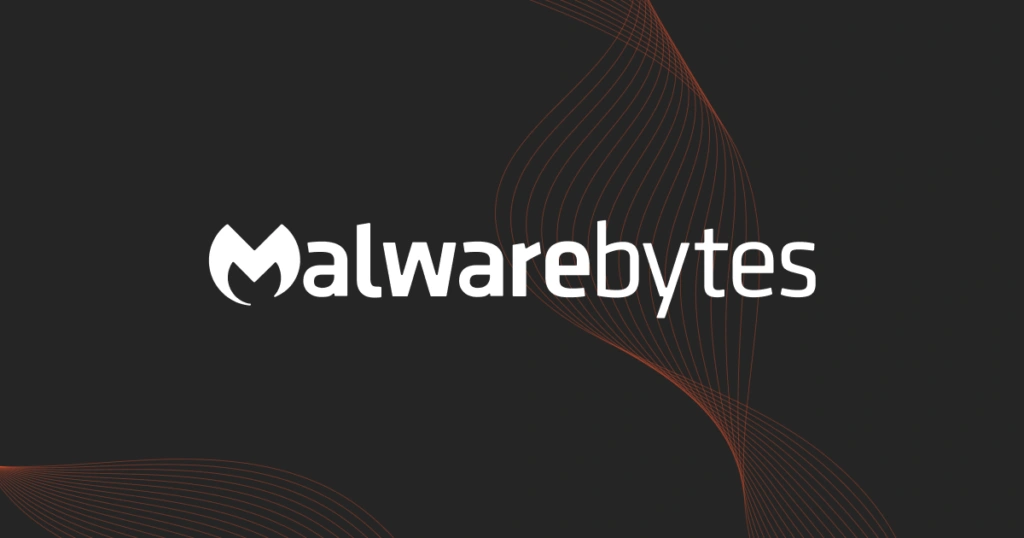
10 hours
saved weekly on manual cost management activities
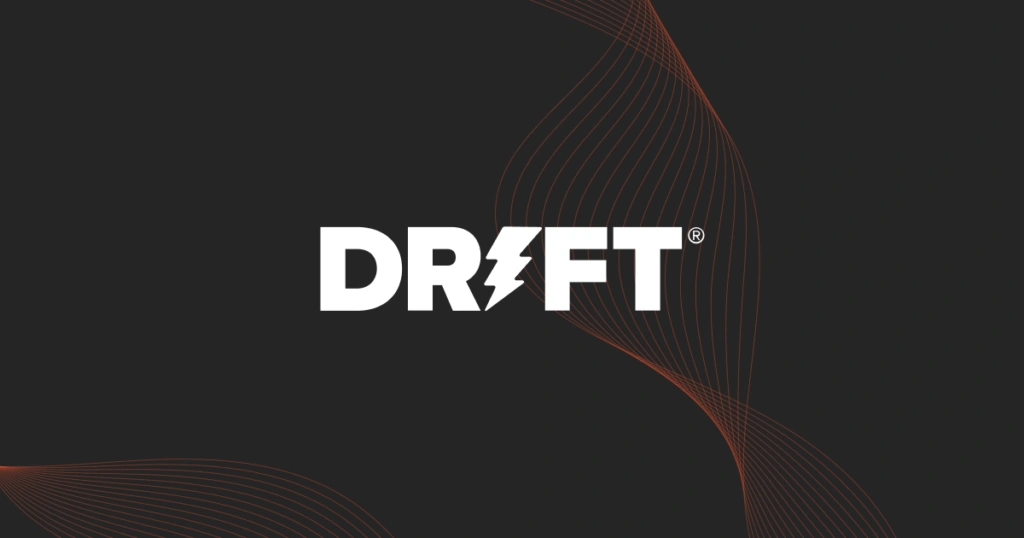
October 15, 2023
How Drift Improved Their COGS by $2.4 Million$2.4M
reduction in cloud spend
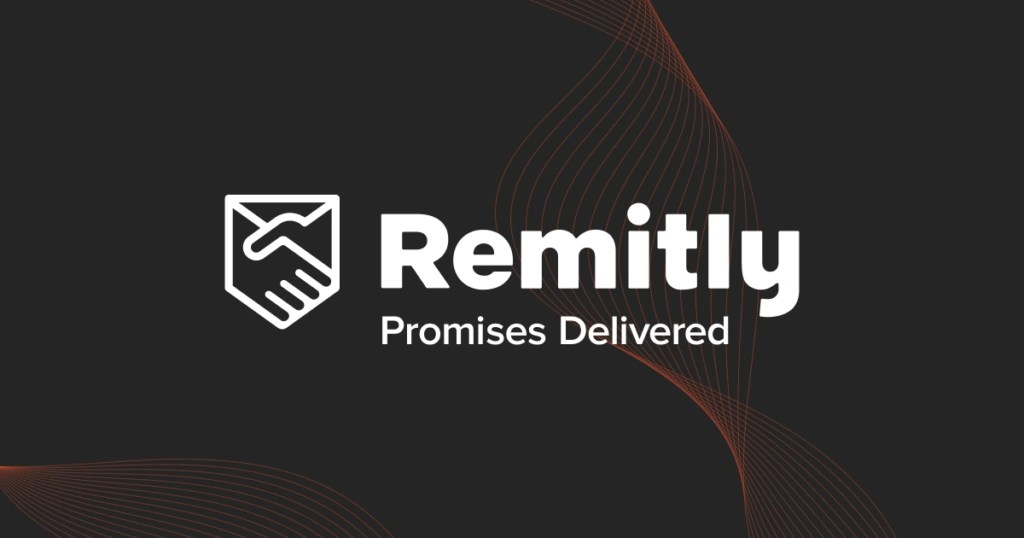
50%
more costs allocated without tagging
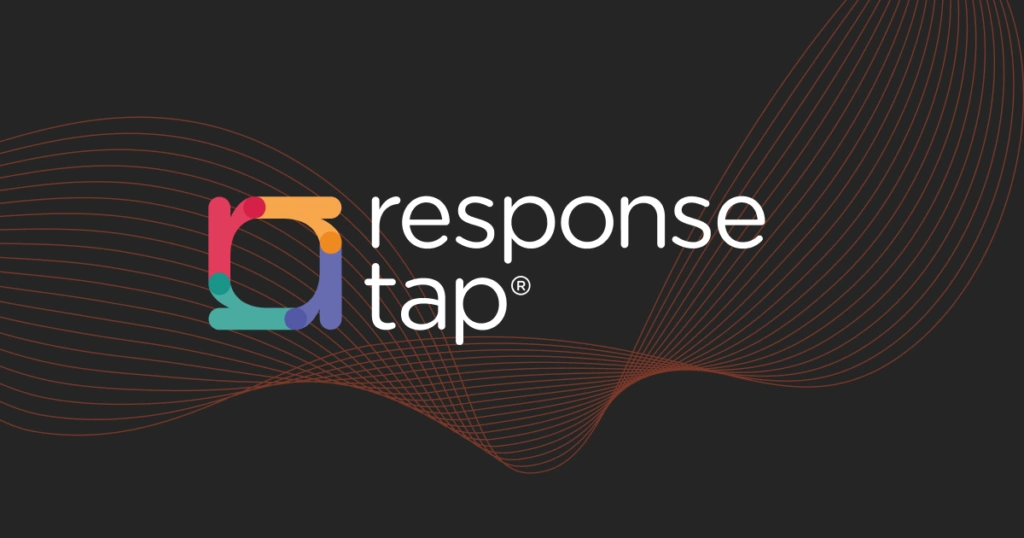

October 10, 2023
How ResponseTap Improved Predictability While Democratizing Cloud Cost Data To Engineering Teams18%
reduction in AWS spend
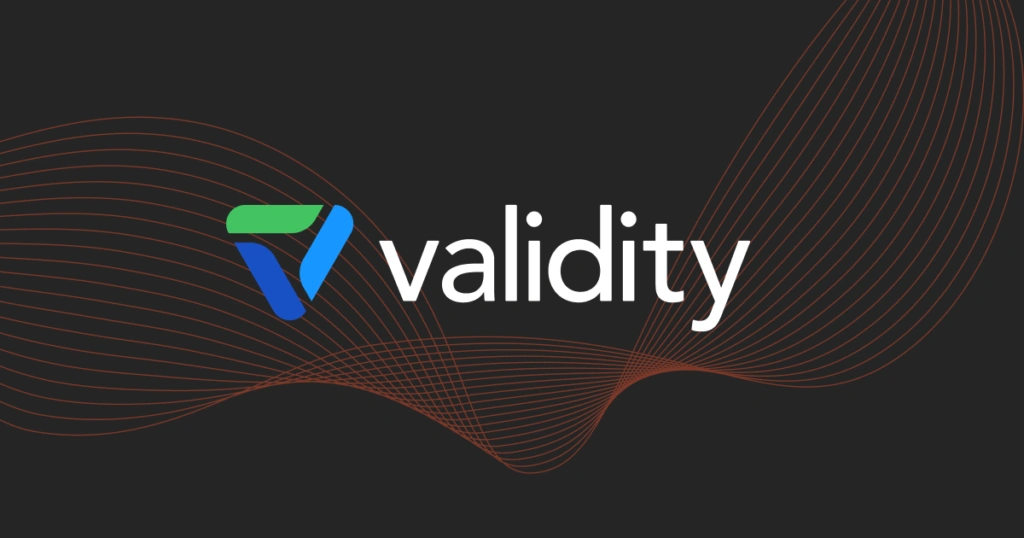
October 9, 2023
How Validity Maximizes Their AWS Investment While Migrating and Refactoring Applications Into Their New Platform90%
less time managing cost
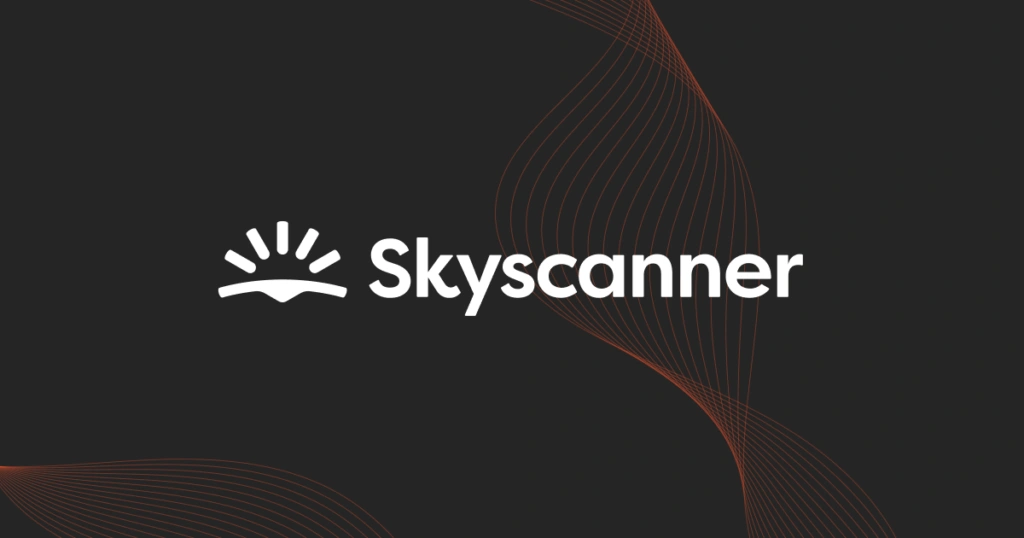
1-2%
improvement every day
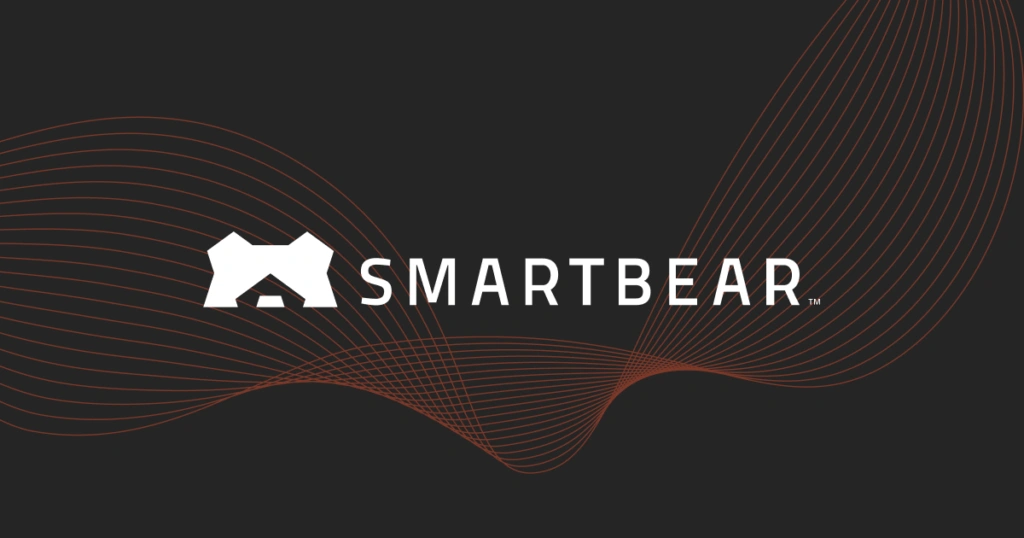

October 7, 2023
How SmartBear Optimized Engineering Use And Go-To-Market Strategies With CloudZero Cost IntelligenceMeasured
cost per customer
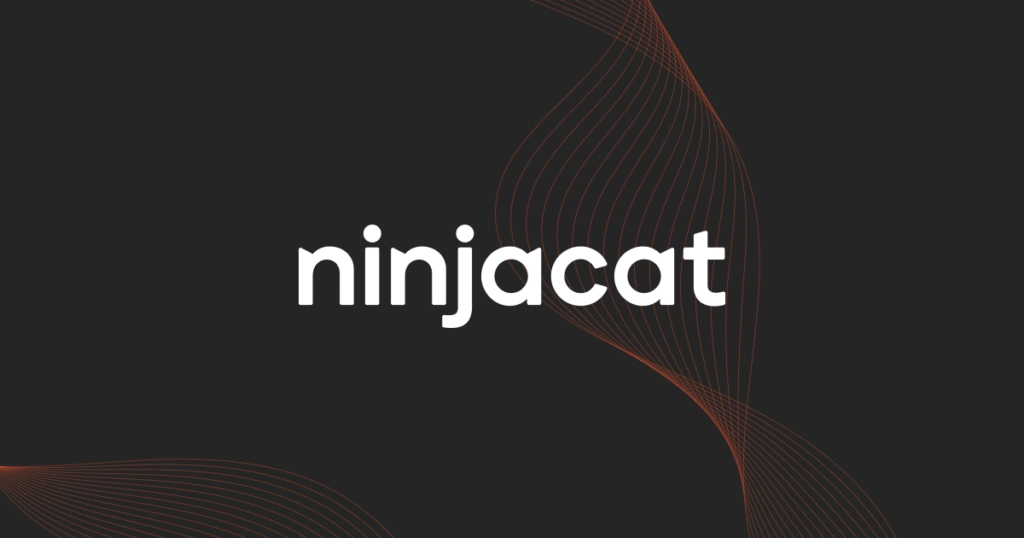

October 7, 2023
How NinjaCat Turned Cost Intelligence For AWS And Snowflake Into Fuel For Business Decisions40%
reduction in cloud spend
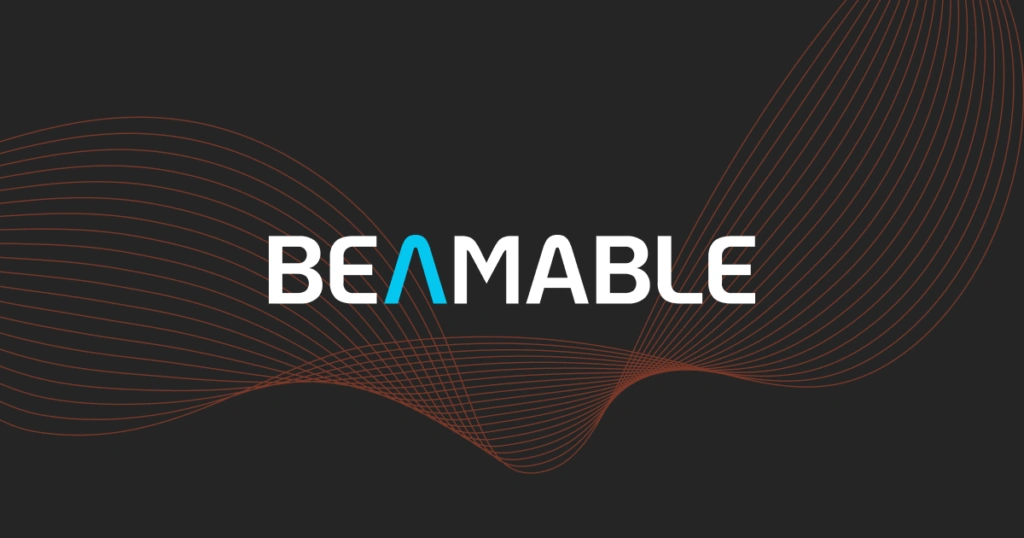
October 6, 2023
How Gaming Software Company Beamable Turned Multi-Tenant Infrastructure Costs Into Per-Customer MetricsAchieved
complete visibility into multi-tenant environment
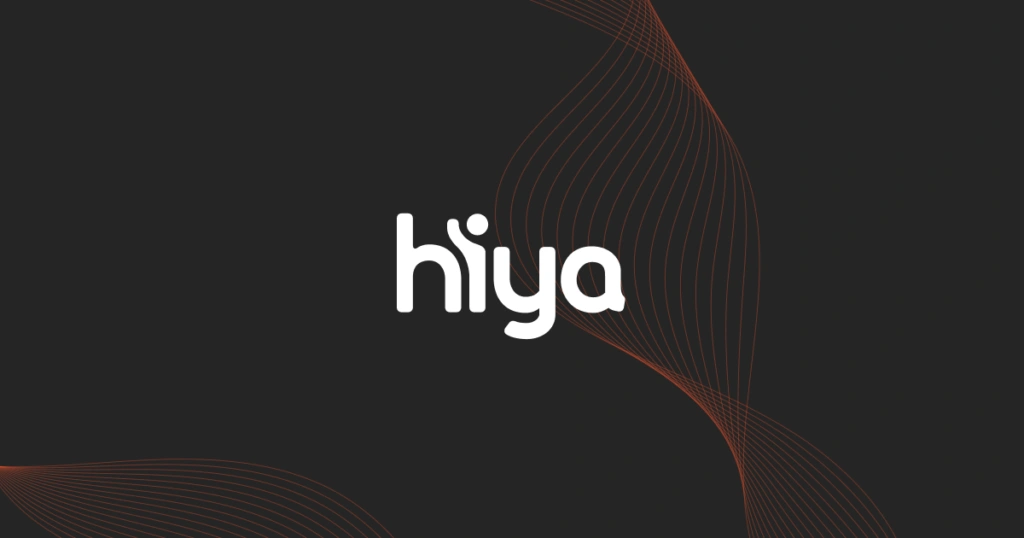
October 6, 2023
How Hiya Uses CloudZero To Answer “What-If” Questions Around New Business Initiatives-0.6%
cloud spend growth rate maintained

Stuart Davidson
Platform Engineering Lead, Skyscanner

